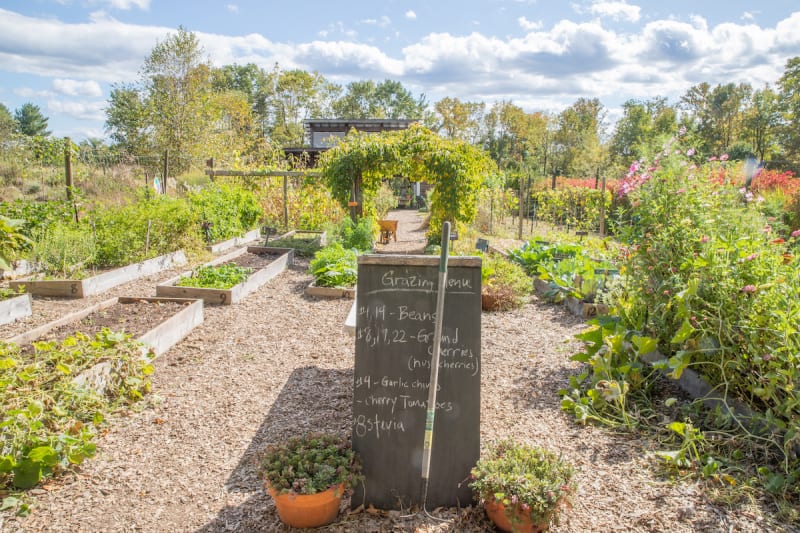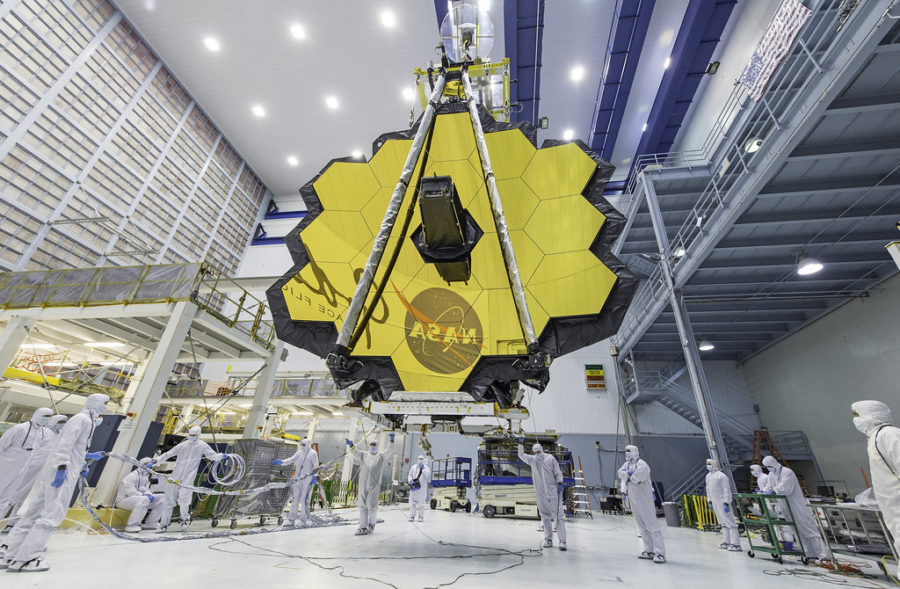Every week, a rotating advisory trek from the cafeteria doors with their overflowing wagon of food waste, traversing the big loop to a fenced, cube-shaped compost bin. After pouring the leftovers of the day’s lunch and covering the remains with a layer of decaying leaves and dirt, the composters wheel the wagon back to the lunchroom, leaving the compost buckets and wagon resting until the same process resumes the next day. However, for the tiny micro-organisms that live among the banana peels and penne pasta, their jobs are just beginning.
When food is added to the bin, mesophilic bacteria and fungi –microorganisms that live in moderate temperatures of around 20-40 degrees Celsius– develop rapidly as they start breaking down soluble sugars and starches in the organic waste, producing heat that quickly raises the temperature of the compost bin. This process takes around a few days before it reaches the thermophilic phase, where thermophilic microorganisms such as thermophilic actinomycetes (a type of bacteria) and heat-tolerant fungi decompose the proteins, fats, and complex carbohydrates in the compost. After several days (or even months, depending on the pile size), the food supply dwindles, and the heat-loving microbes slow down. The mesophilic microorganisms come back as the temperature of the compost bin decreases. This last step is called the “maturation phase,” taking around several months as resistant compounds slowly degrade to humus, a resistant organic material. In this humus, vital nutrients can be found, such as nitrogen, potassium, and phosphorus. Besides microbes, invertebrates also play a role during this process. For example, earthworms help with the decomposition of organic materials and also help process nutrients into forms easily usable by plants (“The Science of Composting”).
Moreover, composting not only offers a way to replenish the earth with nutrients, but it allows an alternative to food waste being trapped in a plastic bag in a landfill. Organic materials trapped in plastic not only decompose more slowly, but decompose anaerobically–without oxygen–releasing methane that gets trapped in the air, increasing atmospheric temperature. Composting can reduce these methane emissions while improving soil health and decreasing the amount of waste sent to the landfill (“Yale Experts,” 2022). Thus, the short trip to the compost bin, though tedious, provides a way to give back to our community and make a positive impact on our environment.
So the next time you scrape your lunch into the compost bin or when you are lugging a wagon of compost bins across the sidewalk, remember: you are not just disposing of waste. You are fueling an entire ecosystem of tiny recyclers and helping the planet in the process.








